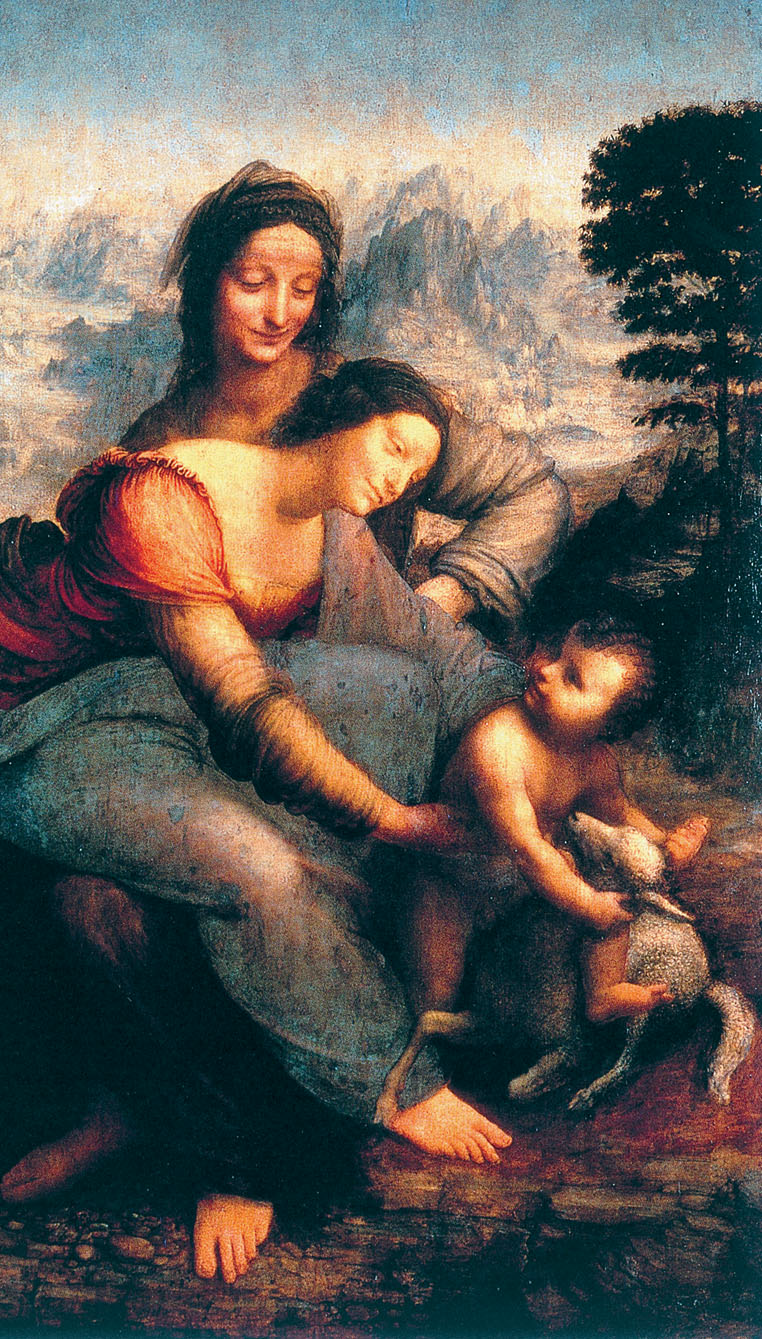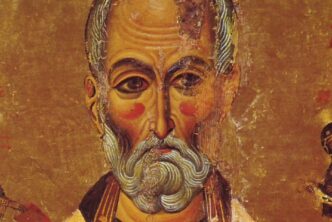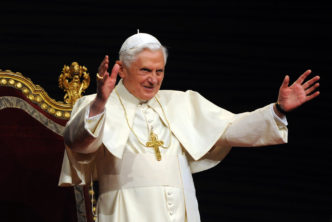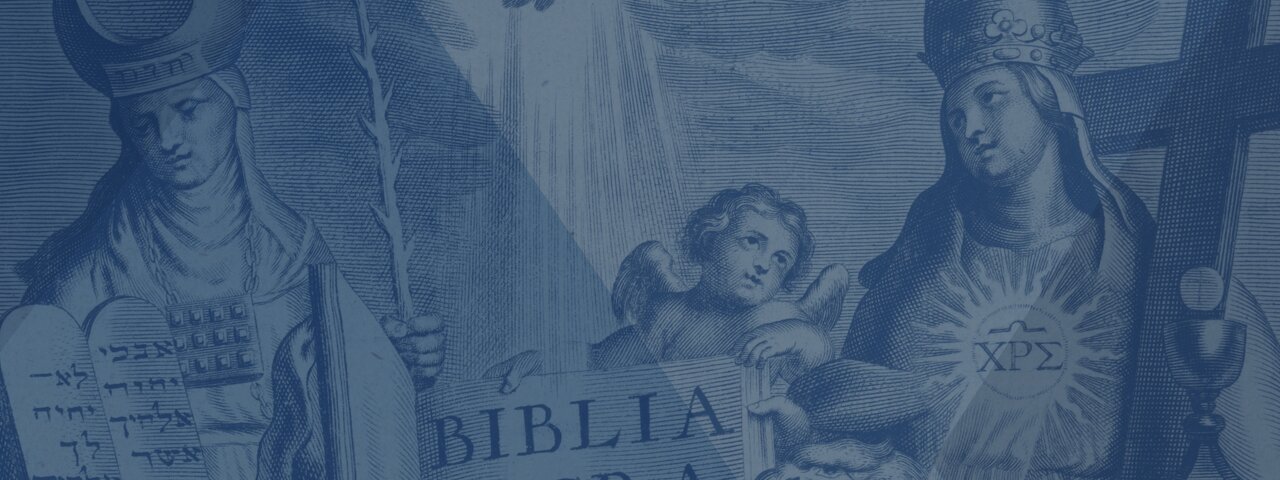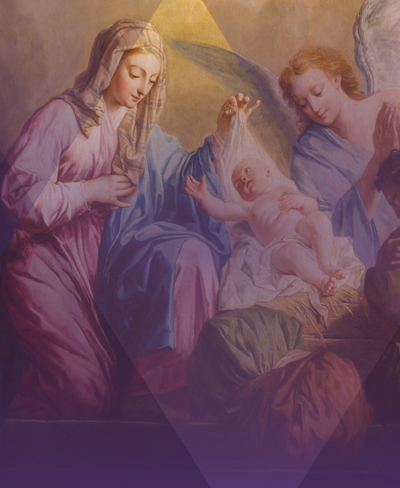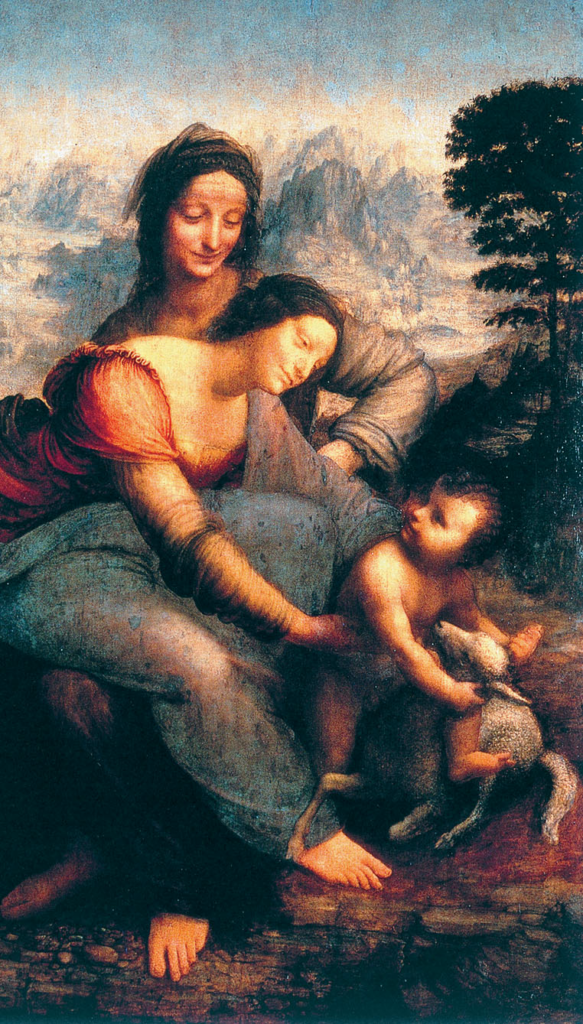
A few years ago, I was fortunate enough to see the oldest surviving Christmas tree in the world, which forms a kind of reredos behind the high altar in the church at Christkindl near Steyr. The history of this tree takes us back to the year 1694. At that time, Steyr had a new sacristan and choirmaster who suffered from epilepsy—or, as the chronicle innocently puts it, “the sickness where one falls down”. He came from Melk, where he had become acquainted with the devotion to the child Jesus. He placed a picture of the Holy Family in the hollow of a medium-sized pine, and he found strength and consolation as he said his prayers before this picture. Then he heard of an image of the Christ child that had healed a paralyzed nun, and after some time he succeeded in obtaining an exact copy, a waxen Christ child holding a cross in one hand and the crown of thorns in the other. He brought this image to the tree and said his prayers before it, sensing that a healing power radiated from the image. Gradually, people heard about this, and they began to make pilgrimages to the Christ child in the tree. The Church authorities in Passau were slow to approve of this popular devotion, but the local people were finally given permission to erect a little church around this tree, and the foundation stone of the Christkindl church was laid in 1708. It was built by the most celebrated Austrian architects of the time, on the model of Santa Maria Rotonda in Rome. One might say that it has become a precious husk around the tree, out of which the altar and the tabernacle grow. The tree still bears the little waxen Christ child. He wears a crown, and rays go forth from the figure, giving an assurance of faith and hope to many people.
Pope Emeritus Benedict XVI – The Blessing of Christmas

